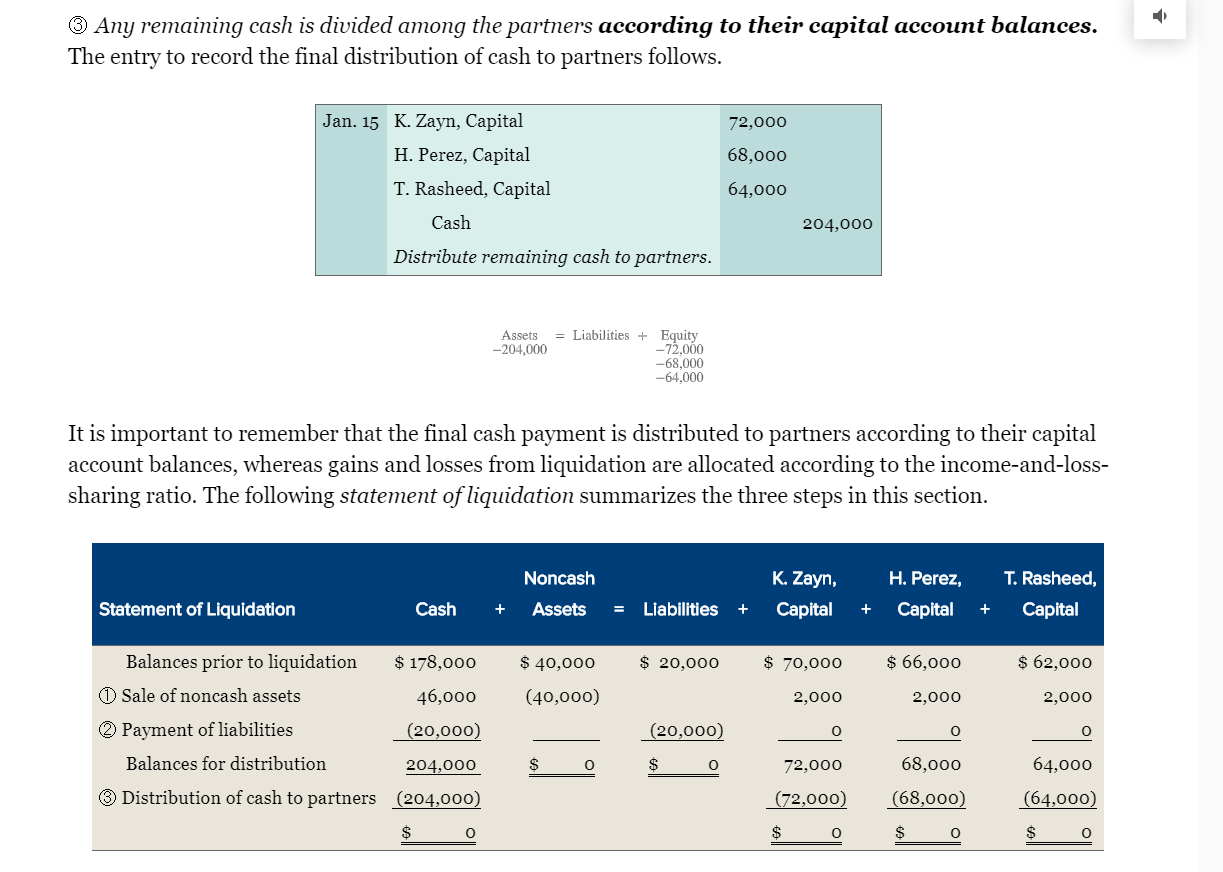Partnership Liquidation Problems With Solutions

Partnership dissolutions are surging, leaving many businesses facing complex and costly liquidation battles. Disagreements over asset valuation, liability allocation, and distribution priorities are creating major financial headaches for departing partners.
The wave of partnership disputes is primarily driven by a confluence of factors: economic downturns, shifting market conditions, and aging partnerships where retirement disagreements are escalating. Failing to adequately plan for liquidation scenarios can lead to substantial legal fees, prolonged business disruptions, and strained personal relationships.
Asset Valuation Disputes
One of the most frequent flashpoints in partnership liquidations is the valuation of assets. This includes tangible assets like real estate and equipment, as well as intangible assets like goodwill and intellectual property. Accurate valuation is crucial because it directly impacts the amount each partner receives upon dissolution.
To mitigate valuation conflicts, partners should implement a comprehensive valuation process before initiating liquidation. This involves hiring independent, qualified appraisers to determine the fair market value of all assets.
A formal buy-sell agreement with pre-determined valuation methods can provide clarity and reduce the likelihood of disputes. This agreement should outline the process for determining the value of a partner's interest in the event of withdrawal, retirement, or death.
Liability Allocation Conflicts
Disputes over liability allocation frequently arise, especially when the partnership has outstanding debts or potential legal claims. Determining each partner's responsibility for these liabilities can be a complex legal matter.
The partnership agreement should clearly define the partners' individual and collective liability obligations. Without a clear agreement, state partnership laws typically dictate that partners are jointly and severally liable, meaning each partner is responsible for the entire debt.
To proactively address liability allocation, consider establishing an escrow account to cover potential future claims. Ensure adequate insurance coverage is maintained throughout the liquidation process.
Distribution Priority Disputes
Another common problem arises from disagreements over the priority of distribution of assets. This often involves differing interpretations of the partnership agreement or a lack of clarity regarding the order in which creditors and partners are paid.
Most partnership agreements establish a hierarchy for distribution, typically prioritizing outside creditors, then partner loans, and finally, the return of capital contributions. However, ambiguities can lead to disputes and legal challenges.
A well-defined distribution plan should be created and agreed upon by all partners before any distributions occur. This plan should explicitly outline the order in which assets will be distributed and the specific amounts each partner is entitled to receive. In cases where the partnership agreement is unclear, seek legal guidance to ensure compliance with state law.
Seeking Mediation and Legal Counsel
When disagreements arise, consider mediation as a cost-effective and less adversarial alternative to litigation. A skilled mediator can help partners reach a mutually acceptable resolution.
Engaging experienced legal counsel is essential to navigate the complexities of partnership liquidation. An attorney can provide guidance on asset valuation, liability allocation, and distribution priorities. They can also help enforce the partnership agreement and protect your legal rights.
The surge in partnership dissolutions underscores the importance of proactive planning and clear communication. Partnerships must develop clear exit strategies and conflict resolution mechanisms to mitigate the risk of costly and disruptive liquidation disputes. Failure to do so can jeopardize the financial stability of the business and the personal assets of the partners.


















